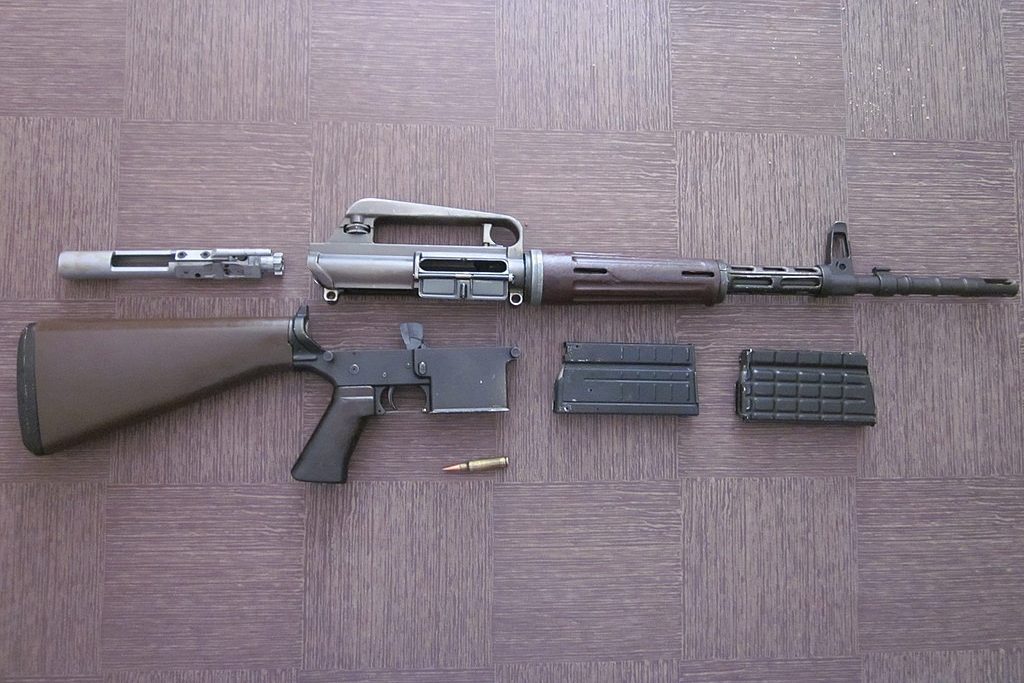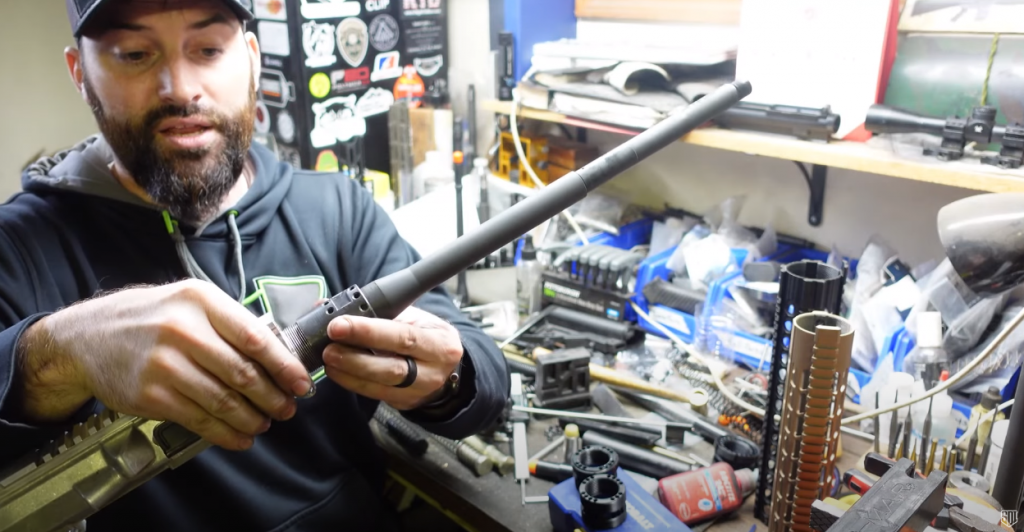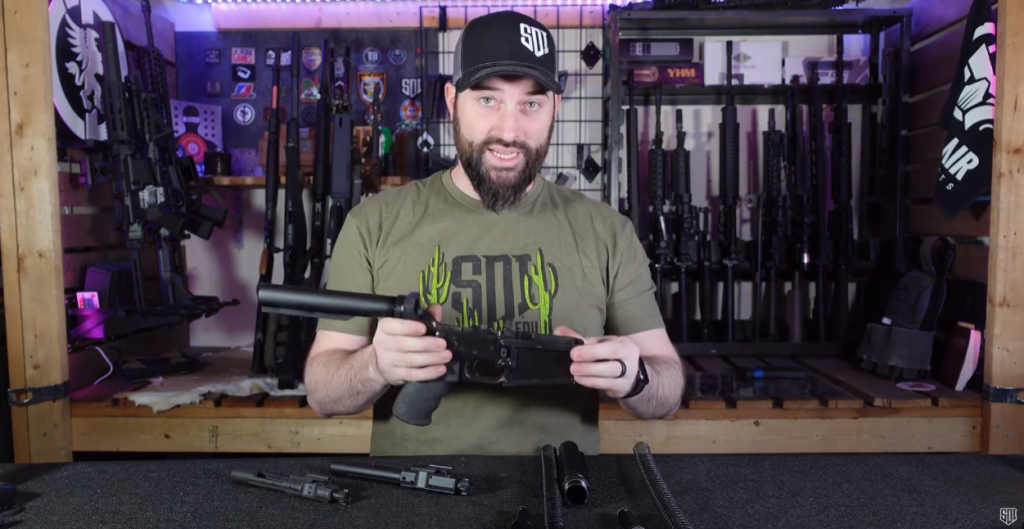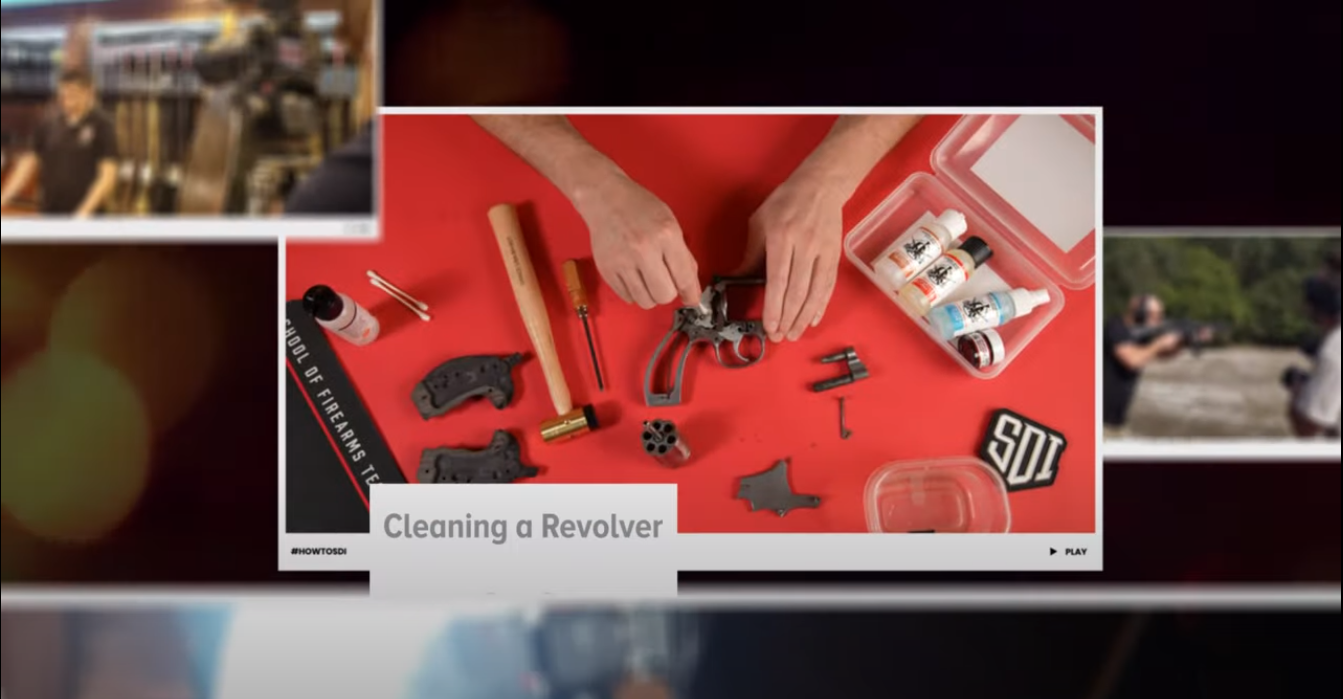
Image courtesy of Le-boulanger
The AR-10 is like the AR-15’s older, bigger brother. Chambered in 7.62 NATO, the AR-10 actually spawned the AR-15’s design. Since the two are so closely related, you’d think that they share a lot of similarities. But the AR-10 is actually its own animal, and it takes some specialized knowledge to build your own. Fortunately, we’ve got SDI grad Caleb Downing to outline for us some of the differences between AR-15 and AR-10 parts.
Caleb Breaks Down the AR-10: Upper Receiver and Buffer System Parts
Caleb makes a pretty great analogy describing how parts compatibility works between AR-15s and AR-10s. If the AR-15 is the “Lego of the gun world,” the AR-10 is the Mega Bloks. Both of these guns look similar, use similar parts, and do similar things (they “go bang”). But while Lego parts fit together pretty well regardless of the set they’re from, Mega Bloks work with parts of their own sets.

MIL-SPEC Parts
One of the reasons that AR-15s are so modular is that they’re generally built to “MIL-SPEC” standards. MIL-SPEC describes an array of different dimensions, measurements, and tolerances that the U.S. military uses in its AR-15 platform guns. If you get a MIL-SPEC AR-15 upper receiver, you can use any other MIL-SPEC parts along with it.
But there’s no such thing as “MIL-SPEC” in the AR-10 world. Instead, there are a bunch of different specifications that only play nicely with one another. Caleb explains some of these specifications in these two videos.
AR-15 vs AR-10: Upper Receiver Parts Compatibility
In this video, Caleb breaks down how parts compatibility for upper receivers works differently for AR-10s than for AR-15s. It’s not as easy as assembling a bunch of AR-15 parts and calling it a day.
Instead, AR-10s have two different upper receiver patterns (ArmaLite and DPMS) and two different upper receiver profiles (high and low). As if that wasn’t complicated enough, there’s also two different types of barrel nuts: 16 threads per inch and 18 threads per inch.
AR-10 Buffer System Options

In another video, Caleb explains the AR-10 buffer system. First, he explains how the AR-10 features an angular lower receiver design. That’s in contrast to the DPMS LR-308, which has a curved lower receiver.
There are still differences even within these two categories. For instance, most AR-10s have a longer buffer tube than AR-15s. It’s necessary to operate the longer bolt carrier group of the AR-10. Caleb does mention that you can use a buffer tube with MIL-SPEC length for an AR-10, but if you do, you need to use a smaller buffer. If you don’t, the gun will either fail to function or beat itself to death with each shot.
The main lesson of this video is similar to his last one. When buying AR-10 parts, even if they’re parts of the same kit, always check the dimensions on each part.
Learn More About AR-10s and Other Guns at SDI
Do you already have the design for the next big firearm in your head, but you don’t know how to start building it? At SDI, we can give you the knowledge to excel in the world of firearms. To learn more, check out our full list of firearm programs here.


